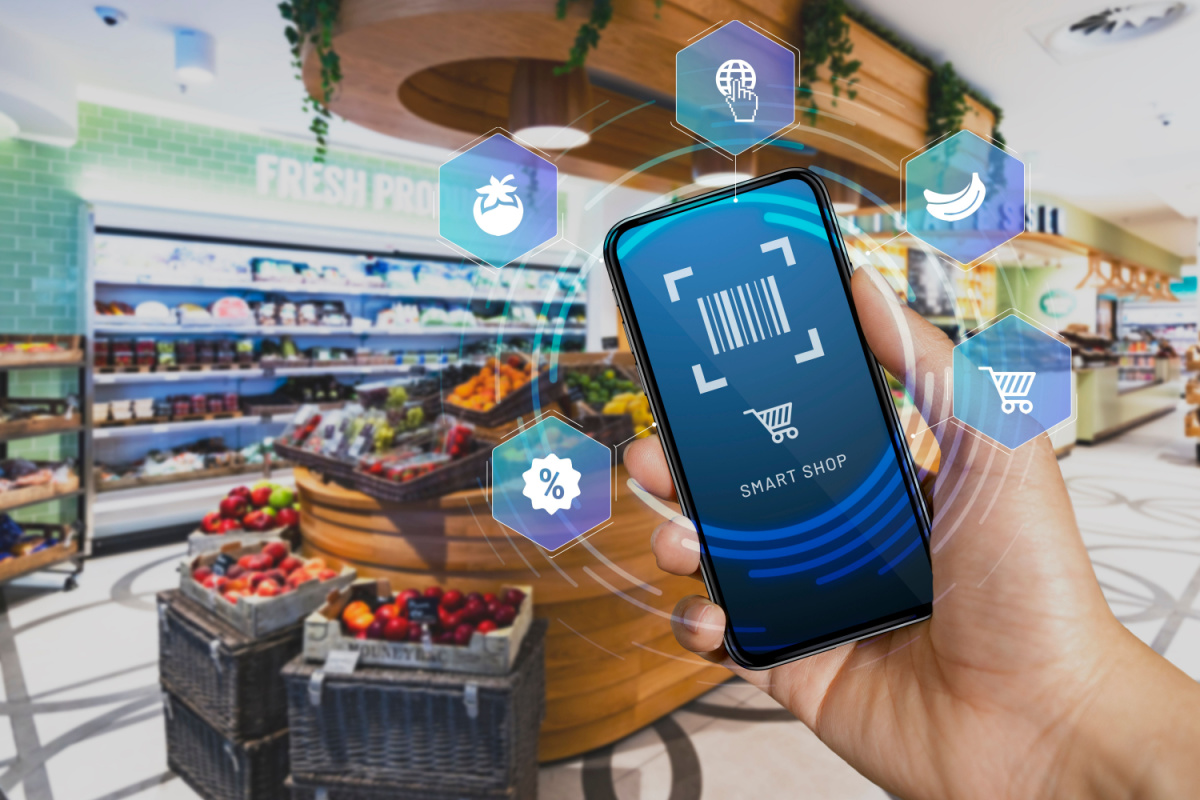Unlocking Growth in the European 5G Revolution: How TSPs Can Transform Industries and Deliver ROI
From smart cities to autonomous mobility – actionable strategies to monetize 5 G’s €164B economic impact and secure long-term client success.
BlueStar's diverse portfolio offers unparalleled access to premium products and services that drive business growth and success. From state-of-the-art hardware to advanced software solutions, our portfolio is designed to empower businesses with the tools they need to thrive in today's competitive landscape.
Our vertical-based content focuses on different industry technologies, solutions, and insights.
A true VAD offers top-notch pick, pack and ship services, and provides programs and services that add value to the distributed products that increase their value or worth.
The BlueStar DifferenceProvide solutions that enable accurate, efficient fulfillment and delivery to cap off excellent CX.
For today’s best merchants, last-mile delivery is garnering first-rate attention. They know their customers have choices of where to shop, and they’ll spend where retailers develop processes that cap off a shopping experience with excellent fulfillment and delivery.
Innovation and investment in new last-mile delivery advancements are changing the operational landscape. Consider these last-mile delivery trends when you design solutions for your clients.
Speed matters
While two-day delivery was once an industry-leading capability, it’s now table stakes. Furthermore, Amazon’s Prime Now two-hour delivery showed everyone what’s possible regarding store-to-door deadlines. Retailers can no longer compete on product; they must also win the last-mile battleground monitored by a ticking clock. Solutions that automate processes and increase efficiency are vital for competitiveness.
The Gig Economy’s Influence
It’s hard to ignore the explosion of business models disrupting the last mile. Among these are startups that lean on gig-based workers shuttling packages to porches. Independent delivery professionals inject flexibility and agility into the last-mile game because they allow service providers to quickly reduce and expand their package-moving capacity without tacking on a lot of overhead. However, gig workers must be managed, scheduled, and routed. So your clients need a delivery management solution that can track multiple contractors, the orders they’re delivering, and their fees.
Transparent Operations
Retailers who keep shoppers in the dark when their online orders depart the warehouse risk losing those customers. Technology is making it possible for people to keep tabs on every step in the last-mile journey, and merchants who fail to invest in visibility will find themselves falling behind the curve. Track-and-trace platforms give sellers and buyers peace of mind with granular data on a parcel’s progress, bringing last-mile delivery into the digital era.
Micro-fulfillment
The warehouse’s traditionally sprawling size once relegated these facilities to city-adjacent locations. Now the warehouse is moving downtown with fewer square feet storing popular products people purchase repeatedly. Fulfilling orders from the heart of urban areas in micro-fulfillment centers means retailers can make and manage the last-mile delivery promise while cutting costs by positioning in-demand items close to customers.
However, micro-fulfillment centers require purpose-built solutions for operations in smaller spaces, including modular systems and the capability to build and access vertical racking to maximize storage in smaller buildings. Automated picking solutions that can reach tall shelves and increase accuracy also provide value.
Delivery drones, autonomous vehicles, and robots
The day is coming when the last mile will feature far fewer of the drivers and bicycle couriers who race to drop off deliveries today. Instead, McKinsey sees a not-so-distant future where package-bearing robots roll down suburban sidewalks, and drone aircraft will help retailers get goods to overlooked rural regions. In addition, many delivery trucks won’t have a human behind the wheel as cutting-edge automation aims to improve safety for workers and pedestrians alike.
IoT sensors
High-tech sensors keep tabs on temperature-sensitive items so stakeholders can stay on top of any last-mile quality issues. These highly tuned devices also show up in storage facilities that use their data to plan around weather and other variable events.
How to Make a Lasting Impression
Providing solutions that allow your clients to optimize last-mile delivery will help them make positive impressions on their customers that could inspire future purchases. Additionally, you can build stronger relationships with your clients by demonstrating that you understand the pain points related to the last leg of fulfilling orders and providing solutions.
Research the needs in your market, design systems that address them, and help your clients efficiently move orders across the last mile.

From smart cities to autonomous mobility – actionable strategies to monetize 5 G’s €164B economic impact and secure long-term client success.

Mobile solutions address some of the most pressing challenges that T&L companies face.

Employees can have the insights they need for data-driven decision-making, right in the palms of their hands.
